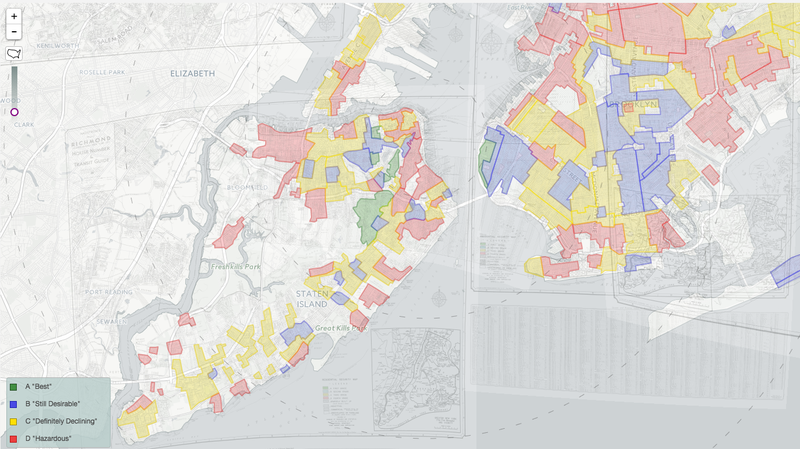Did you know? April is National Fair Housing Month. Every April, the United States commemorates the anniversary of the passing of the Fair Housing Act and recommits to that goal which inspired us in the aftermath of Rev. Dr. Martin Luther King Jr’s assassination in 1968: to eliminate housing discrimination and create equal opportunity in every community.
I thought I’d learn more about National Fair Housing Month if I went to the U.S. Department of Housing and Urban Development’s website. There I read: “Recent studies and data reveal that, while segregation has decreased since the passage of the Fair Housing Act 47 years ago, segregation remains a problem today.” Housing segregation is still a problem today? You don’t say!
I wrote an article on discrimination and segregation in housing in February 2017 for the Diverse Elders Coalition. Below is an excerpt:
There is still a lack of affordable, safe and quality housing throughout the United States for black and brown people. There are sections of the country where de facto segregation still exists; where the citizens vote to put the hazardous waste, harmful drinking water, and heavy-handed law enforcement into disenfranchised neighborhoods while building high-end housing developments with green lawns and Officer Friendly. Black, brown and working-class people continue to be discriminated against because of their status, redlined and priced out of certain communities. Public housing is shrinking, and shelters are increasing. Recent research indicates that housing discrimination is alive and well for LGBTQ/SGL elders trying to rent in many of our cities. LGBTQ/SGL elders can face subtle and overt discrimination by staff and residents in many retirement and nursing homes.
Reminds me of that old song by Big Bill Broonzy, “If you white you’s alright, if you was brown stick around, but if you’s Black, oh brother get back, get back, get back.”
NPR confirms this in its recent report on the history of legal housing discrimination against Black people in this county. It includes old maps laid on current maps, city by city, state by state, illustrating the legal segregation that once existed — and may be able to show why that neighborhood has never had any white people living in it or why only Black people were living in that neighborhood. It is an interactive piece that sheds some light on why there is a lack of housing wealth and affordable housing for many Black people.
We at Mary’s House for Older Adults receive regular requests for safe and affordable housing from Florida to Massachusetts. We continue to be an information and referral source as part of a national movement to create safe, quality, culturally appropriate housing environments for LGBTQ/SGL elders and to make affordable housing a priority. We believe that lack of housing is a public health issue. One way to lend a hand and to get involved is to contact us at www.maryshousedc.org.
The opinions expressed in this article are those of the author and do not necessarily reflect those of the Diverse Elders Coalition.


